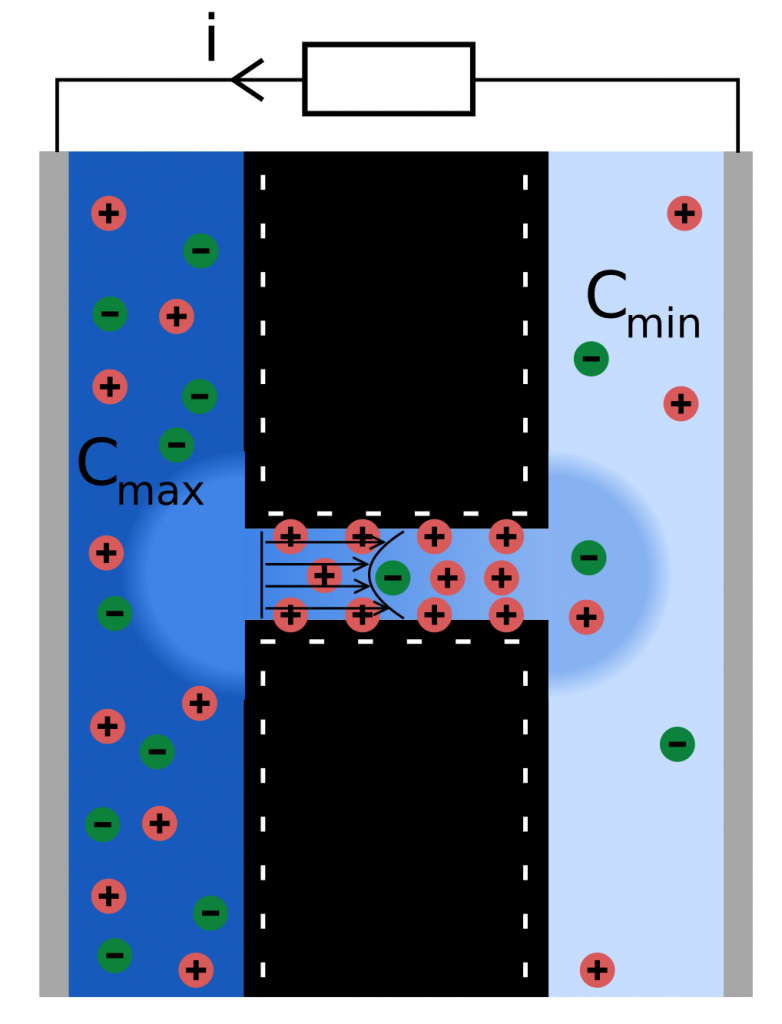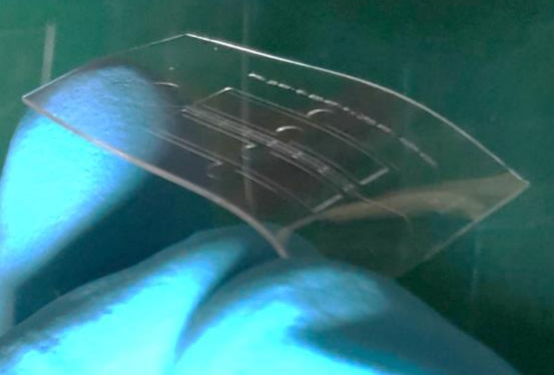Started: 2021
Location: Matériaux Innovants pour l’Énergie, Chimie Biologie Innovation, ESPCI-Paris/PSL, Paris, France

Osmosis is the phenomenon responsible for spontaneous liquid transfers through porous membranes separating water reservoirs with different salinities. In specific conditions, these phenomena enable the generation of electrical currents between two reservoirs of brine and fresh water. Based on this principle, the production of electricity where sea water meets fresh water from the river: this is called the Blue Energy. The available blue energy to be harvested worldwide is estimated to be 1 TW, which represents not less than 10 times the total solar-energy consumption. Therefore, Blue Energy has the potential to be a game changer for the energy transition. However, there is a huge and yet unexplained discrepancy between the promising results based on single nanopores, and the maximum power that can actually be harvested with nanoporous membranes.
Consequently, before being able to harvest efficiently this energy, it is necessary to finely understand the flows occurring in the membrane nanopores. More specifically, complex effects at the entrance and the exit of nanopores result from couplings between ion concentrations, electric fields, electrostatic forces, pressure and flow. The most detrimental consequence of these entry effect is the concentration polarization: a small region upstream each nanochannel is quickly depleted in ions, which strongly reduces the gradient within the nanochannel and hence the harvested power. Most of our knowledge about the effect on concentration polarization on Blue Energy harvesting derives from simulation. It is now necessary to develop an experimental approach coupled to modeling in order to understand how to play on the complex couplings at stake in these systems. This is the key to tame the concentration polarization and reach the promises of Blue Energy.
